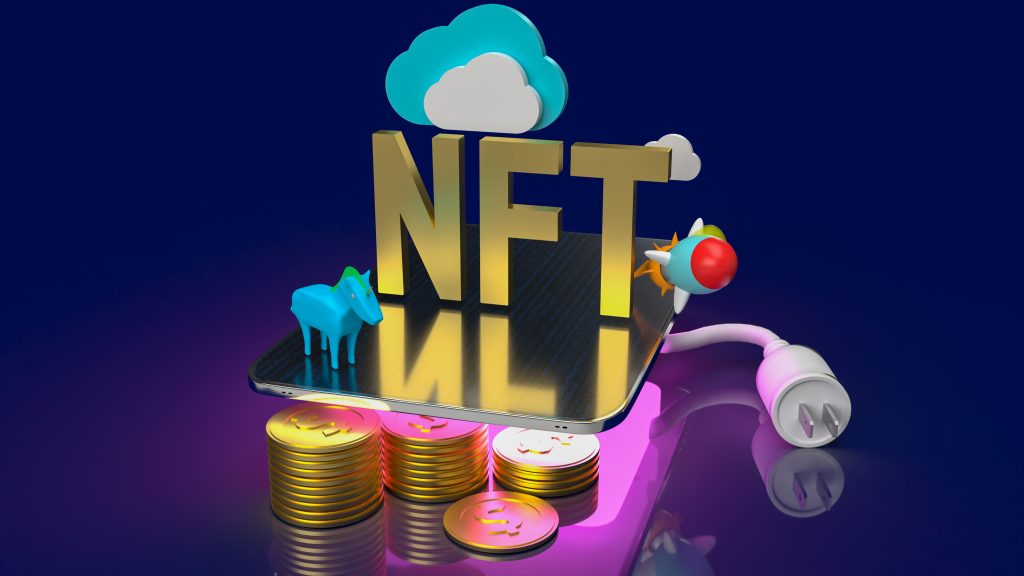It seems that no day has gone by over the past years without news, technology, and crypto outlets mentioning Non-Fungible Tokens (NFTs) in one way or another. News of an NFT selling for millions, celebrities launching their own collections, or companies announcing they would join the craze were some of the headlines we got used to seeing.
If you are reading this guide, chances are you already have an idea of what an NFT is. You may consider them to be just another form of crypto, digital collectibles, or just a scam… Unfortunately, most people seem to misunderstand what NFTs truly are and the potential they have to change the world forever.
NFTs are some of the most unique applications of blockchain technology and today, we will be telling you all about them. Once you are done reading this guide, you will not only know what an NFT truly is but also the incredible potential they hold.
Common Misconceptions About NFTs
Let’s start by talking about what NFTs are not, as we believe that you will grasp a better understanding of the concept once we have clarified some of the most common misconceptions.
You probably associate NFTs with digital art. No matter if it is a video, a drawing, a 3D sculpture, or a music file: NFTs are some sort of digital artwork. Unfortunately (or fortunately), NFTs are way more than just a means to transact with digital art.
In fact, you could even say that even NFTs used in the world of art are not artwork themselves. While this is something we will look at in more depth, it is important to disassociate art and NFTs as being the same.
Many investors also consider NFTs to be the same as cryptocurrency. While both types of assets depend on blockchain or distributed ledger (DL) technology, they are different in nature.
However, as the name suggests, NFTs are Non-fungible, which means that every NFT differs from one another even when they are associated with the same asset. This means that while you can trade 1 Bitcoin for 1 Bitcoin without being affected in any way, you can’t do the same with an NFT: Each NFT is unique.
This unique nature of NFTs means that their value goes beyond economics, which is why many critics might refer to them as a “scam”. While it is true that the NFT by itself might not have intrinsic value, this is the same for Fiat currency and other assets like gold: People give value to assets.
Lastly, acquiring an NFT doesn’t mean that you own the underlying asset. If you buy the NFT for a copyrighted work of art, this doesn’t mean that you own the rights for that piece. Such a transaction would require you to complete a legal procedure out of the blockchain, which would have nothing to do with the NFT itself.
Now that we have clarified these misconceptions, let’s talk about what an NFT actually is!
So… What Is an NFT?
As we said before, Non-Fungible Tokens are unique tokens created by using blockchain or DL technology. These tokens are stored in a blockchain network and contain a record of all transactions in which they have taken part, as well as including metadata added at the time of minting.
NFTs are all about proof of provenance. This means that they allow any party to verify the change in ownership of the token since its minting, which translates to verifying its authenticity and ownership.
In the case of digital art, NFTs would most often contain a link to an associated digital artwork as well as metadata showing who the author is, when it was minted, etc. Every time the NFT is transacted with, this information is recorded using the immutability and transparency of the blockchain.
The result of these records is that any party interested in buying the NFT can check the authenticity of the associated asset. This makes NFTs operate as a certificate of ownership and authenticity, more than an asset themselves.
Many critics of NFT claim that anyone can take a screenshot of an NFT in the case of digital art, which allows them to use it without paying for it. Well, they are right… But just in the same way that a picture of the Mona Lisa does not have the same value as the original, that file won’t have the value of the original piece: It is not authentic.
You can take this even further to the case in which NFTs represent other types of assets. For example, NFTs are already being used to represent real estate… both digital and real). How do you screenshot such an asset?
NFTs can represent ownership and authenticity over any type of asset. This translates to them being used in industries like insurance, real estate, medicine, gaming, finances, legal, etc. Sure, they are being mostly used for digital art at this time but their use in other industries is increasing.
